Trees and Soil Protection
- September 2, 2024
- 0 comment
Trees and soil share a profound and symbiotic relationship that is vital for the health of ecosystems. This connection goes beyond the mere presence of trees rooted in the ground; it encompasses a dynamic interaction where trees actively contribute to maintaining soil structure, fertility, and moisture. In turn, healthy soil supports the growth of trees, creating a cycle that fosters ecological balance and sustainability. The intricate relationship between trees and soil is foundational to the stability of natural environments, with far-reaching implications for biodiversity, agriculture, and climate resilience.
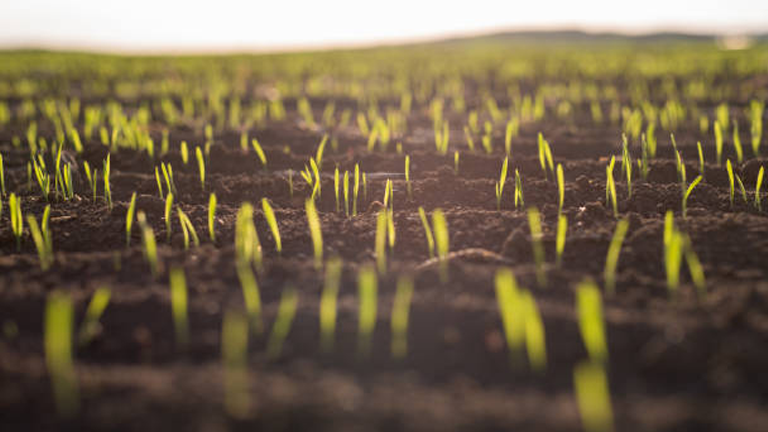
Table of Content
- Role of Trees in Soil Erosion Control
- Trees and Soil Fertility Enhancement
- Impact of Tree Species on Soil Protection
- Best Practices for Using Trees in Soil Conservation
- Challenges and Solutions in Tree-Based Soil Protection
- The Future of Trees in Soil Conservation
- FAQs
Role of Trees in Soil Erosion Control
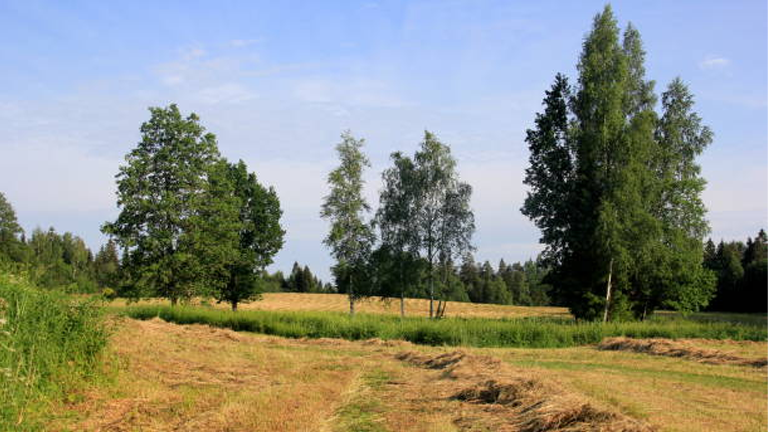
One of the most critical roles that trees play in soil protection is preventing erosion. The roots of trees act as natural anchors, holding the soil in place and preventing it from being washed away by water or blown away by wind. This stabilization is especially crucial in areas prone to heavy rainfall or steep terrain, where erosion can lead to the loss of fertile topsoil and degradation of the landscape.
The canopy cover provided by trees further enhances soil protection by reducing the impact of rainfall on the ground. When rain falls directly onto bare soil, it can cause surface runoff, leading to erosion. However, the leaves and branches of trees intercept rainwater, allowing it to trickle down gently, which minimizes soil disturbance. This natural buffering effect is essential in maintaining the integrity of the soil.
Numerous case studies have demonstrated the effectiveness of tree planting in controlling soil erosion. For example, in parts of India, reforestation efforts in hilly regions have significantly reduced soil erosion, leading to improved agricultural productivity and better water retention in the soil. Similarly, agroforestry practices in Africa have shown that integrating trees into farmland can prevent soil degradation and increase crop yields.
Trees and Soil Fertility Enhancement

Beyond erosion control, trees contribute to soil fertility through nutrient cycling. As trees grow, they absorb nutrients from the soil, which are then returned to the earth through leaf litter, fallen branches, and decaying roots. This organic matter enriches the soil with essential nutrients, enhancing its fertility and supporting the growth of other plants.
Leaf litter, in particular, plays a significant role in improving soil structure and nutrient content. As leaves decompose, they create a layer of humus that increases the soil’s ability to retain moisture and nutrients. This process not only benefits the soil but also promotes a thriving ecosystem, where microorganisms break down organic matter, further enriching the soil.
Nitrogen-fixing trees, such as legumes, have a unique role in enhancing soil health. These trees form symbiotic relationships with nitrogen-fixing bacteria in their root nodules, converting atmospheric nitrogen into a form that plants can use. This natural fertilization process increases the nitrogen content of the soil, boosting agricultural productivity and reducing the need for synthetic fertilizers.
Impact of Tree Species on Soil Protection
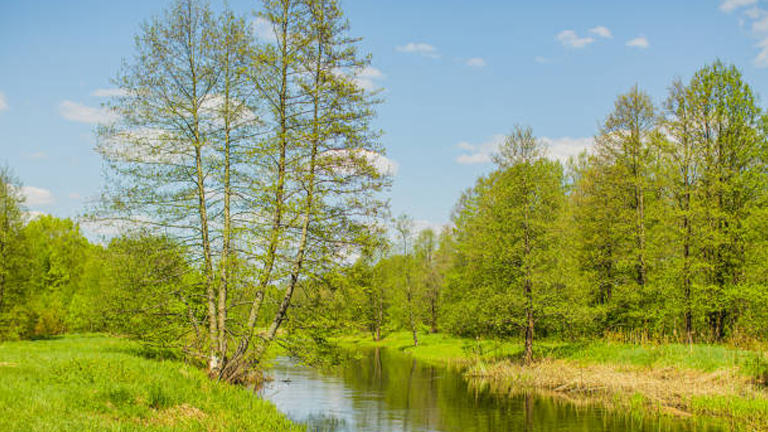
The choice of tree species is crucial when considering their impact on soil protection. Different species have varying root structures, growth patterns, and ecological functions, all of which influence their effectiveness in stabilizing soil and preventing erosion.
Shallow-rooted trees, while valuable for certain purposes, may not provide the same level of soil stabilization as deep-rooted species. Deep-rooted trees, such as oaks and pines, are particularly effective in anchoring soil in place, especially on slopes and in areas with loose or sandy soils. These species create a network of roots that penetrate deep into the ground, providing long-term stability to the soil.
Native tree species are often the best choice for soil conservation, as they are well-adapted to the local environment and tend to have established relationships with the surrounding flora and fauna. In contrast, non-native species, while sometimes beneficial, can disrupt local ecosystems and may not offer the same level of soil protection.
Best Practices for Using Trees in Soil Conservation

To maximize the benefits of trees for soil protection, it is essential to implement best practices that integrate trees into the broader landscape. Agroforestry techniques, which combine trees with crops or livestock, are an effective way to enhance soil health while also providing economic benefits to farmers. By planting trees alongside crops, farmers can reduce soil erosion, improve water retention, and increase biodiversity on their land.
Riparian buffer zones, which involve planting trees along waterways, are another valuable strategy for protecting soil. These buffers help filter out sediments and pollutants before they enter rivers and streams, thereby protecting both the soil and the water quality. In addition, shelterbelts and windbreaks, composed of rows of trees or shrubs, are effective in reducing wind erosion and maintaining soil moisture levels, particularly in arid and semi-arid regions.
Challenges and Solutions in Tree-Based Soil Protection
While the benefits of using trees for soil protection are clear, there are challenges to successfully implementing these practices. Soil degradation, harsh climate conditions, and competition for land use can all hinder tree-planting efforts. However, with the right strategies, these barriers can be overcome.
Addressing soil degradation requires the use of tree species that are resilient to poor soil conditions and can help restore soil health over time. In areas with challenging climates, selecting drought-tolerant or flood-resistant trees can ensure the success of tree-based soil protection projects. Additionally, community involvement is crucial in overcoming these challenges, as local knowledge and participation can lead to more effective and sustainable outcomes.
Educational initiatives are also key to promoting tree-based soil conservation. By raising awareness about the benefits of trees for soil health and providing training on best practices, communities can be empowered to take an active role in protecting their environment.
The Future of Trees in Soil Conservation
Looking ahead, the role of trees in soil conservation is set to become even more important as we face the challenges of climate change and land degradation. Emerging trends in sustainable land management emphasize the need for reforestation and afforestation projects that prioritize soil health and ecological resilience.
Advances in technology and innovation offer new opportunities to enhance tree-based soil protection methods. For instance, precision agriculture tools can help identify the best locations for tree planting, while remote sensing technology can monitor the health of trees and soil over time.
The potential for large-scale reforestation and afforestation projects to combat soil degradation on a global scale is immense. By investing in these initiatives, we can protect soil resources, support biodiversity, and contribute to climate change mitigation.
Frequently Asked Questions (FAQs)
- Why are trees important for soil protection?
Trees play a crucial role in protecting soil by preventing erosion, enhancing soil fertility, and maintaining soil structure. Their roots anchor the soil, reducing the risk of erosion, while their leaf litter and organic matter contribute to nutrient cycling, improving soil health. - How do tree roots help in controlling soil erosion?
Tree roots stabilize the soil by binding it together, reducing the likelihood of it being washed away by rain or blown away by wind. This root network is particularly effective on slopes and in areas prone to heavy rainfall, where soil erosion is a significant concern. - What is the impact of tree canopy cover on soil health?
The canopy cover provided by trees reduces the impact of rainfall on the soil, preventing surface runoff and minimizing erosion. Additionally, the canopy helps maintain soil moisture by shading the ground, reducing evaporation. - How do trees contribute to soil fertility?
rees enhance soil fertility through the decomposition of leaf litter and organic matter, which adds nutrients to the soil. Some trees, like nitrogen-fixing species, further enrich the soil by converting atmospheric nitrogen into a form that plants can use. - What types of trees are best for soil stabilization?
Deep-rooted tree species, such as oaks and pines, are particularly effective for soil stabilization. These trees create an extensive root system that penetrates deep into the ground, providing long-term stability. Native species are often the best choice for soil protection as they are adapted to the local environment. - What are some best practices for using trees in soil conservation?
Best practices include integrating trees into agroforestry systems, establishing riparian buffer zones along waterways, and creating shelterbelts and windbreaks to reduce wind erosion. These practices not only protect soil but also enhance agricultural productivity and biodiversity. - What challenges are associated with tree-based soil protection?
Challenges include soil degradation, climate conditions, and competition for land use. Selecting the right tree species for specific environments and involving local communities in conservation efforts can help overcome these challenges. - How do trees impact agricultural productivity through soil protection?
By preventing soil erosion and enhancing soil fertility, trees contribute to more stable and productive agricultural systems. Trees integrated into farmlands can improve water retention, increase nutrient availability, and provide shade, all of which benefit crop yields. - What role do nitrogen-fixing trees play in soil health?
Nitrogen-fixing trees, such as legumes, improve soil health by converting atmospheric nitrogen into a form that plants can use. This natural process reduces the need for synthetic fertilizers and enhances the overall fertility of the soil. - How can communities get involved in tree-based soil conservation?
Communities can participate in tree planting projects, advocate for local conservation initiatives, and engage in educational programs that promote the benefits of trees for soil health. Community involvement is essential for the long-term success of soil conservation efforts. - What are the future prospects for trees in soil conservation?
The future of trees in soil conservation is promising, with growing emphasis on reforestation, afforestation, and sustainable land management practices. Technological advancements and increased awareness of the importance of soil health are expected to drive large-scale initiatives to combat soil degradation globally.

Gilbert Griffin
Forestry AuthorGilbert Griffin is a forest management expert specializing in sustainable practices, forest health, conservation, and land management. With extensive knowledge in pest control, disease management, and habitat restoration, Gilbert develops strategies to preserve forest ecosystems and biodiversity. Passionate about the natural world, Gilbert adapts to changes in forest management and stays updated through continuous learning. Gilbert also provides seasonal advice to optimize forest care throughout the year.

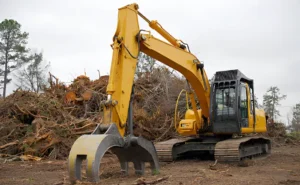
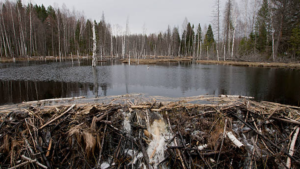

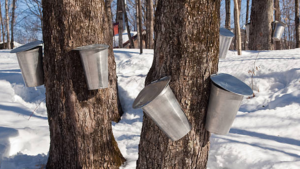
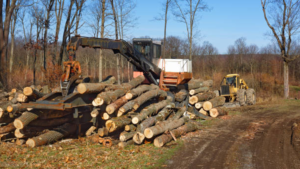


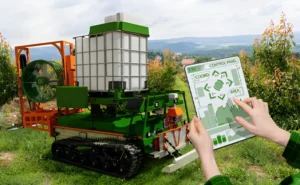




Leave your comment